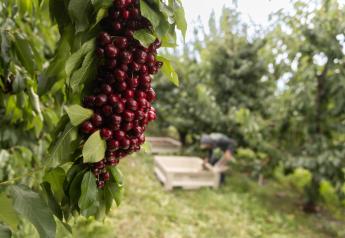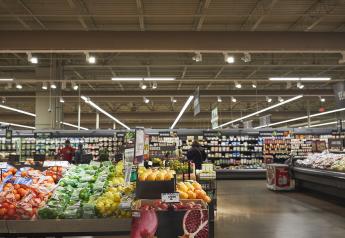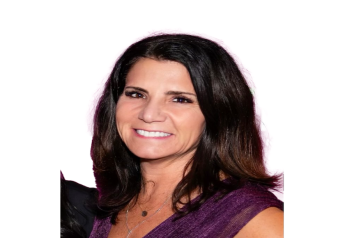How to sell produce from Central America, the Caribbean

Because of their proximity and similar climates, Central America and the Caribbean islands grow many of the same fruits and vegetables, which largely fall into two groups: roots, like yucca and malanga; and tropical fruits, including mangoes, limes, papaya, avocado and pineapple.
J&C Tropicals in Doral, Fla., distributes calabazas, yucca, malanga, mangoes, rambutan and papaya from Central America — mostly Costa Rica — and mostly avocados and mangoes from the Caribbean.
Most of the roots are available year-round, while the fruits are more seasonal, though by sourcing from different countries, J&C Tropicals can provide a steady supply. Rambutan, for example, is available from May to September from Guatemala, and from September to January from Honduras.
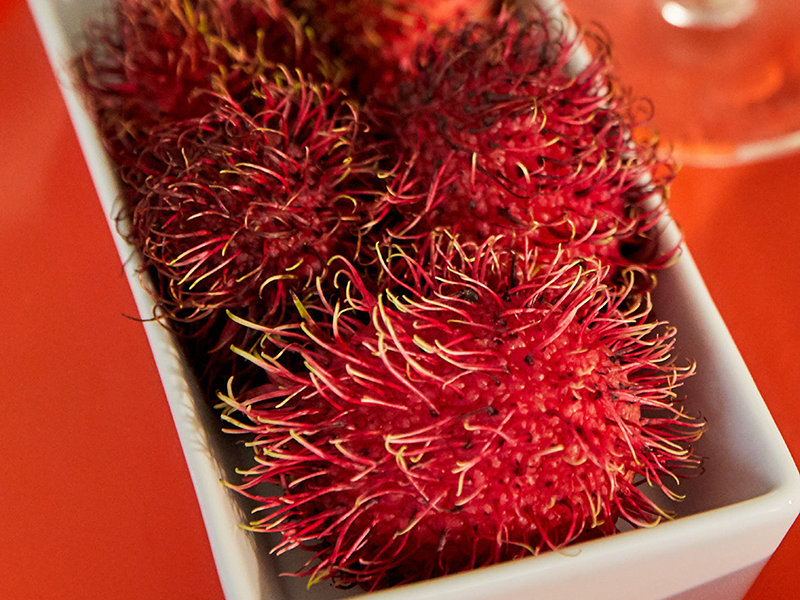
The company distributes the products on the East Coast — mostly as far north as New York and as far west as Texas — largely to conventional grocery stores.
New Limeco’s main business is in limes, papayas and green-skin avocados. The company imports roots from Central America, primarily Costa Rica and Honduras; papayas come from Guatemala and Mexico, limes come from Honduras and Mexico, and avocados come from the Dominican Republic.
The company offers around 30 varieties of avocados “but now, because of hurricanes and people grafting Florida avocados that yield more fruit, we have fewer varieties than we used to,” said Eddie Caram, general manager of the Princeton, Fla.-based company. The green-skinned avocados, he says, are a little more water-based but just as rich and healthy as those with more oil.
However, roots — mostly yucca and malanga — are becoming more popular everywhere, Caram says, both in restaurants and fresh or frozen from grocery stores.
“There are more nationalities in the U.S. and more people wanting to try different things, and people watch The Food Channel,” he said. “For roots, there’s a bigger market with the wholesalers and some smaller ethnic or local stores. They’re not as hard to sell; they’re popular right now.” He said he expects to see the frozen side of this business grow the fastest.
The big seller for Caribbean Gold Inc., Doral, Fla., is dragon fruit, especially the red-skinned variety with white flesh, says Rena Mashav, director of sales and marketing. “We sell large quantities of dragon fruit,” she said, “and what’s happening in Ecuador is amazing — they have red-skinned, yellow-skinned.”
Caribbean Gold brings the dragon fruit to Florida by air and sea. Mashav says it has a long shelf life, which is good news for retailers and consumers. Publix, for example, has it on shelves year-round, she said.
Terra Produce is the U.S. arm of Colombia-based Terra Trading, which imports limes, oranges, avocado, plantains and yams, “and we’re always working on new commodities,” said Camilo Herrera, business development manager. He said that the company will add three varieties of mangoes in the near future.
Herrera works with wholesalers and distributors to send around 60% of produce along the East Coast and the remainder to Florida. Looking ahead, he’ll approach foodservice companies and is looking to sell directly to retailers in the next three to four years.
Morton Williams Supermarkets, Bronx, N.Y., sells mangoes, pineapples and papayas — mostly cut up and in cups — fairly consistently. “In Manhattan, people don’t have any time, and often it’s for immediate consumption,” said Marc Goldman, director of produce and floral.
There also are some more exotic fruits like dragon fruit and jackfruit. “We have a couple of stores that can’t sell the dragon fruit whole, but we put it in slices in fruit cups and then it sells,” he said. “A lot of people don’t know what to do with it.”
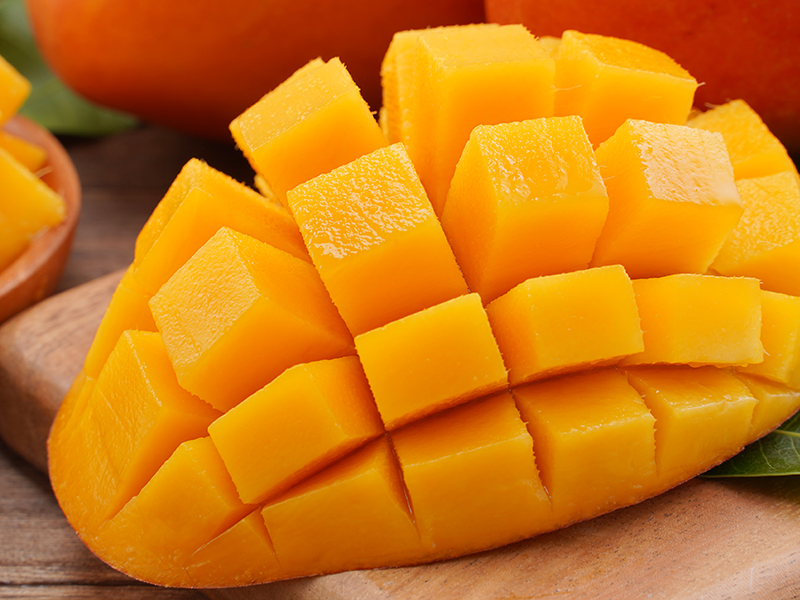
Working with retailers
Typically, supermarkets should merchandise tropical products together, says Denise Gomez, marketing lead with J&C Tropicals. To help with sales, the company can send a staff member to assist with merchandising, or it can provide diagrams. The company also offers bin programs “so retailers can set them up in front of their store, especially if it’s a product they don’t usually sell, and we send them POS and educational materials to catch eyes as people are coming in,” Gomez said.
It's important to draw attention to these products, she said, because shoppers often have never heard of them. “But this catches their eyes, and they stop and look and touch,” she added.
J&C Tropicals also provides recipe cards, nutritional information and details about how to prepare and cook the fruits and roots. QR codes placed on some packaging labels and on bins will send consumers back to the company’s website for more information.
“Consumers use those QR codes a lot, and retailers prefer everything digital nowadays,” Gomez said.
New Limeco used to offer sampling, which helped sales, because it introduced something unfamiliar to many customers, Caram said; however, the company hasn’t resumed the practice yet, post-pandemic. Caram works with retailers to run weekly advertisements, and the company’s boxes are branded, which gets the name out if items are merchandised in them, he said.
Instead of providing recipe cards, New Limeco features them on social media, especially Instagram, as that’s where shoppers look, Caram said.
Terra Produce doesn’t offer any merchandising support yet, but all of its boxes are branded and product is sold directly out of them. Herrara said he expects to start bagging the produce in the next year, which “will create a recognition of quality.”
Customers
Central American and Caribbean produce largely resonates with natives from those regions, Gomez says.
“That’s our main audience but at the same time we get millennials, moms trying to find something healthy for their kids,” she said.
Both avocado and dragon fruit also have become more mainstream, she adds, especially with millennials. Mangoes, however, are popular with all shoppers since they’re so well known.
Caribbean Gold’s produce mostly sells to Central American, Caribbean and Asian customers, so Mashav said she doesn’t provide a lot of information “because they already know what to do with it.”
Caram says New Limeco’s products sell to just about anyone.
“Americans are trying to eat better in the past 10 years and are experimenting and getting educated on healthier options,” he said.
Challenges
The biggest challenge, Gomez says, is distributing produce that deteriorates so quickly.
“We have to keep it as fresh as possible for the retailer, because they can reject it if they see just one little spot,” she said.
For Terra Produce, the biggest challenge is getting Colombian products accepted to the U.S. market. Limes, Herrera says, are well regarded, but avocados are trickier. Colombia, in some cases, is still determining the best times and means of harvesting, he said.
Colombia is learning, he says, “but they also have to compete against the Mexican pricing.” The company plans to start by filling the seasonal gaps in Mexico avocado production. “That’s when the opportunity for Colombia avocados is going to be,” Herrera said.




